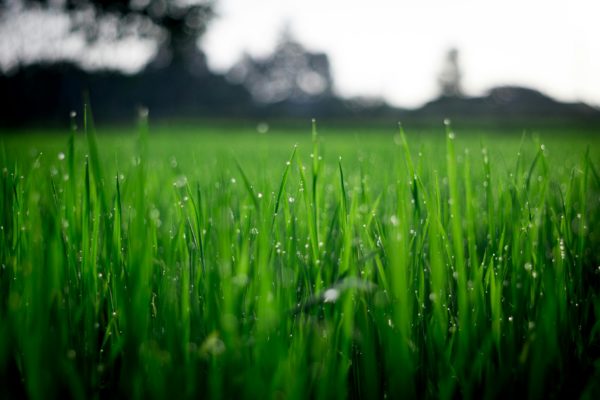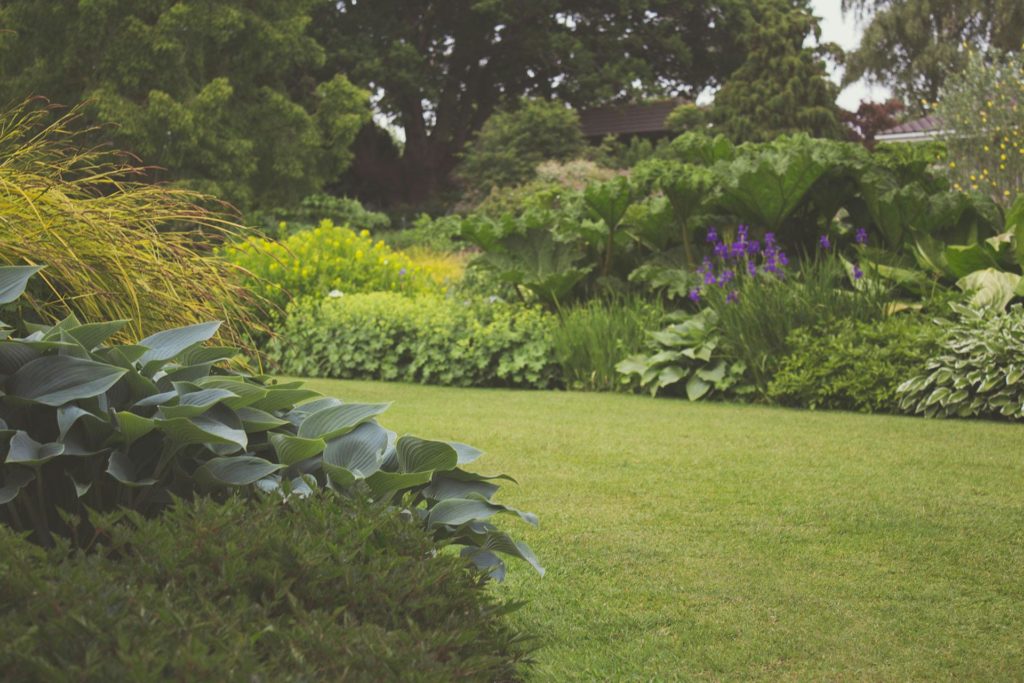Ontario’s splendid landscapes are not just home to a rich assortment of native flora; sadly, they also play host to an increasing presence of invasive plants that threaten the balance and health of our local ecosystems. Gardeners and landscapers are at the forefront of this battle, often the first line of defense when it comes to combatting invasive species. This article is a comprehensive guide for those on the frontlines, providing a deeper understanding of Ontario’s most notorious invasive plants and offering practical advice on how to recognize, manage, and prevent their spread.
Understanding the Invasion
Invasive plants are non-native species that have the ability to thrive and spread aggressively outside their normal range, often at the expense of native plants. They are often introduced accidentally or intentionally, through human activity. Ontario’s climate and diverse habitats have unfortunately provided a hospitable environment for many invasive plants, which can wreak havoc by out-competing local flora for resources like sunlight, water, and soil nutrients.
The Culprits at Large
Several invasive plants have become widespread in Ontario, posing significant threats:
- Garlic Mustard (Alliaria petiolata): A common invader throughout the province, garlic mustard is notorious for outcompeting native plants and altering soil composition, which further hinders the growth of desirable species.
- Japanese Knotweed (Reynoutria japonica): Known for its rapid, dense infestations, Japanese Knotweed’s relentless spread can lead to pavement damage, soil erosion, and the loss of habitat for wildlife.
- Phragmites (Phragmites australis): An aggressive reed that dominates wetlands, phragmites can alter water flow, drying out wetlands and reducing species diversity.
- Wild Parsnip (Pastinaca sativa): This invasive weed is particularly hazardous, secreting a sap that can cause severe burns when in contact with skin and exposed to sunlight.
These are just a few of the many invasive plants that have taken root in Ontario. While they each have unique characteristics, their commonality lies in their ability to outpace native vegetation and disrupt local ecosystems.
Identifying and Managing Invasive Plants
Recognizing the invasive plants that may appear in your garden or landscape is an essential part of controlling their spread.
Identification Techniques
To identify invasive plants, look for the following:
- Garlic Mustard: During its second year, this biennial plant exhibits distinct white flowers and garlic-scented foliage.
- Japanese Knotweed: It has bamboo-like stems and leaves arranged in a zig-zag pattern along the stem.
- Phragmites: Taller and denser than native varieties, with a distinctive purple-brown seed head.
- Wild Parsnip: Small, yellow flowers in an umbrella-shaped cluster and grooved stems.
Effective Management Strategies
Controlling these invaders requires strategic planning and effective techniques:
- Mechanical Control: For smaller infestations, hand-pulling or cutting can be effective. Ensure all roots are removed for species like garlic mustard and wild parsnip, as they can resprout from fragments.
- Chemical Control: In cases of larger infestations, herbicides can be used according to label instructions. It’s essential to choose an herbicide that is effective against the specific plant and safe for the surrounding environment.
- Preventative Measures: The best defense is a good offense. Preventing invasives from taking hold means thoroughly cleaning equipment, choosing non-invasive plant species for your garden, and avoiding the spread of seeds and plant matter.
Managing invasive plants is a long-term commitment that requires vigilance and a combination of strategies tailored to the species and the environment in which they’re found.
Legislative and Conservation Initiatives
Recognizing the serious ecological threats posed by invasive plants, Ontario has implemented several initiatives to combat their spread.
Regulations and Laws
The Ontario government has enacted legislation to address invasive plants. The Invasive Species Act, 2015, for example, provides tools aimed at preventing, detecting, and managing invasive plants.
Conservation Programs
Many conservation and environmental organizations in Ontario also run invasive plant management programs. These initiatives often engage the public through volunteer opportunities, such as invasive plant pulls and education campaigns.
Engaging with these programs can provide both knowledge and practical skills to tackle the problem of invasive plants within local ecosystems.
The Role of Native Plant Landscaping
 A shift towards native plant landscaping can be instrumental in the fight against invasive species. By using native plants in our gardens and landscapes, we are maintaining a balance with the surrounding ecosystem that invasive plants disrupt.
A shift towards native plant landscaping can be instrumental in the fight against invasive species. By using native plants in our gardens and landscapes, we are maintaining a balance with the surrounding ecosystem that invasive plants disrupt.
Benefits of Natives
Native plant species offer several advantages over invasives:
- Resilience: Natives are adapted to local climate and soil, making them hardy and low-maintenance.
- Wildlife Attraction: Native plants provide food and habitat for local wildlife, supporting biodiversity.
- Eco-Friendly: Natives generally do not require pesticides and fertilizers, reducing the environmental impact of gardening.
Creating a Native Plant Garden
Transforming a conventional garden into a native plant oasis can be a fulfilling endeavor. Start by researching and selecting native species that are suitable for your area and specific garden conditions. A range of native plants can mirror the aesthetic appeal of imported species while offering unique biodiversity benefits.
The Future of Ontario’s Ecosystems
The path towards healthier, more resilient ecosystems in Ontario involves a collective effort. Gardeners and landscapers play an important role in shaping the environment.
Staying Informed
Regularly updating your invasive plant knowledge is crucial, as new species may be introduced or existing ones may spread to new areas.
Advocacy and Education
Sharing your knowledge about invasive plants with friends, clients, and community members can create a ripple effect in plant stewardship.
Natural Heritage Protection
Ultimately, the protection of Ontario’s natural heritage hinges on our commitment to responsible land management practices. The choices we make in our gardens and landscapes can either contribute to the health of our ecosystems or perpetuate the problem of invasive species.
The battle against invasive plants is ongoing and multifaceted, but with informed action, we can help preserve the beauty and diversity of Ontario’s landscapes for future generations.

